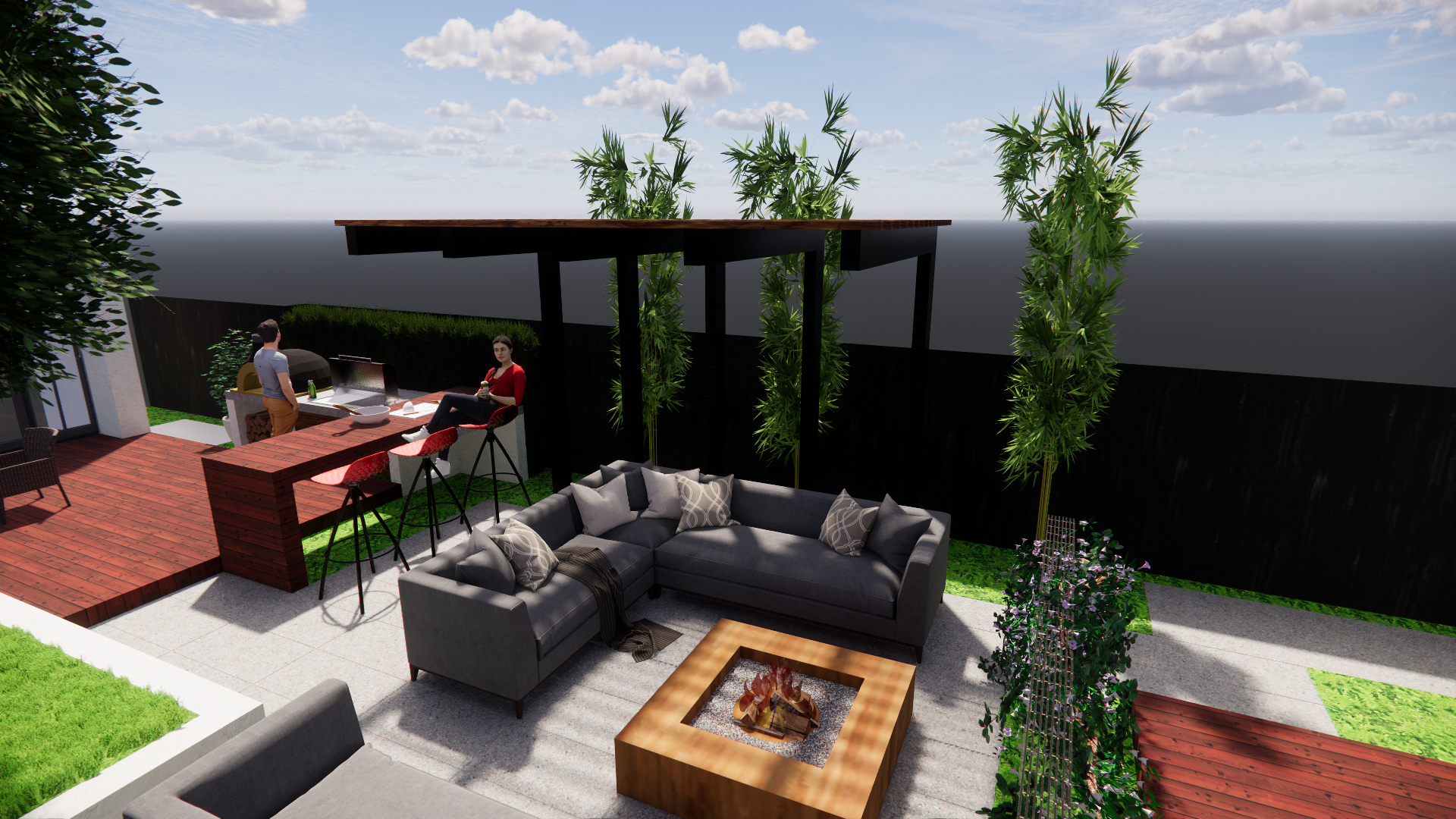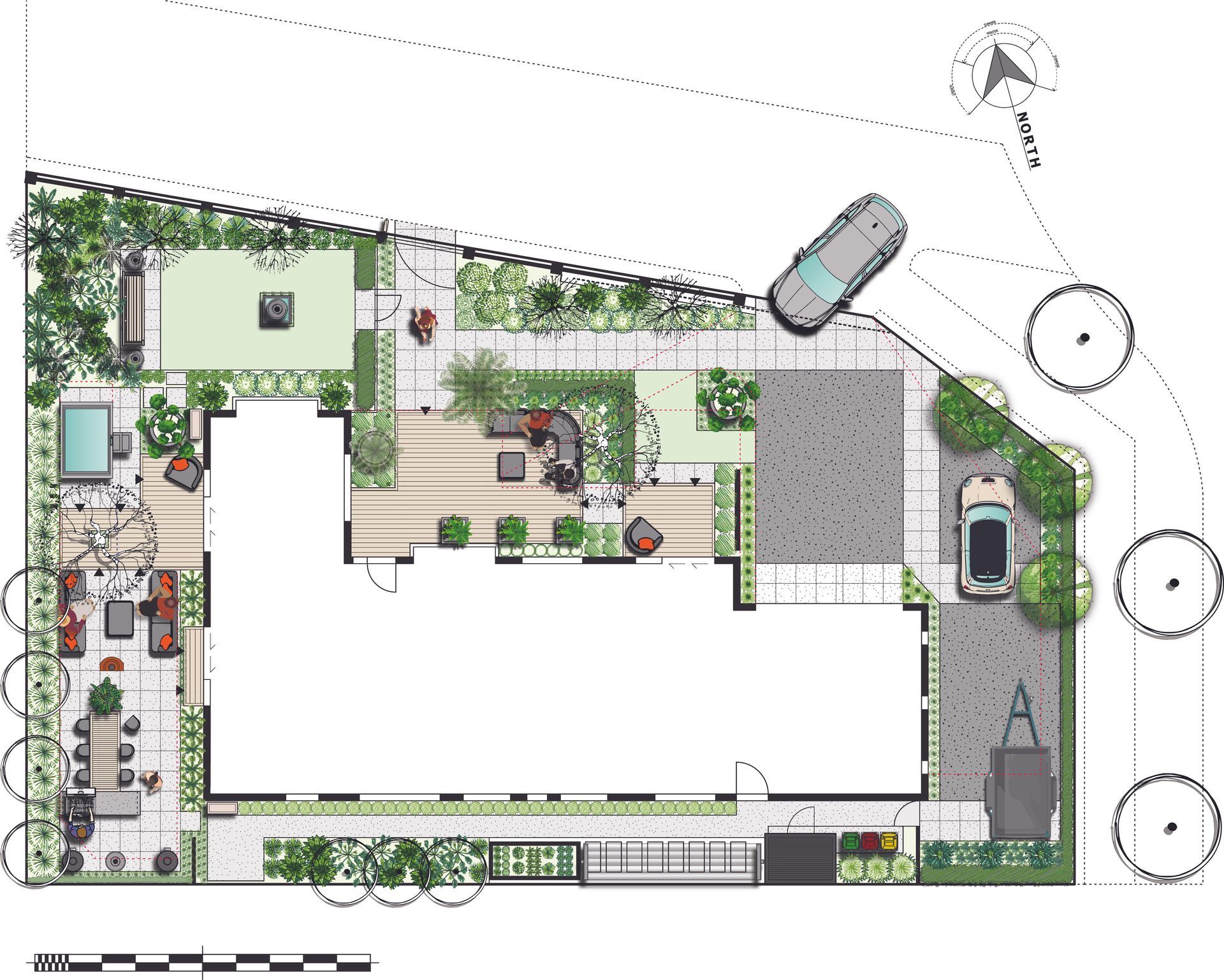Epic irrigation tips for your outdoor space
Luke • 25 September 2019
Why irrigation is an important component to your landscape design
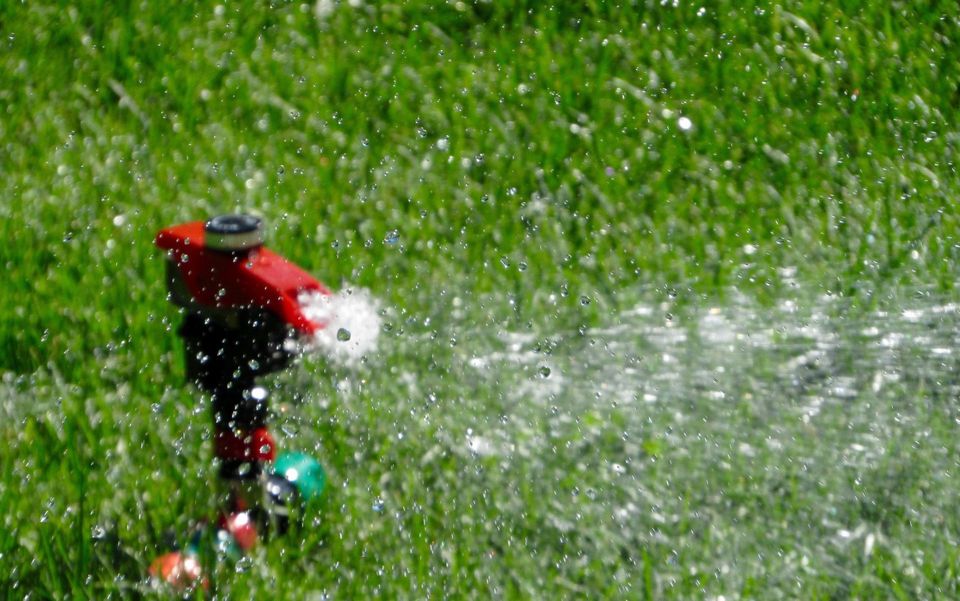
With the arrival of spring, many people are starting to get their gardens and outdoor spaces ready for summer. The influx of warmer weather and a dry winter here in Christchurch has meant many gardens require regular irrigation to encourage growth and thrive in our drier climate. I am often asked by clients, how often should you water your gardens and lawns to achieve good growth and plant health.
General guidelines for driplines and lawns
- Turn your timer on when daylight saving starts
- Turn your timer off when daylight saving finishes
- In times of heavy rain, while irrigation is turned on, an irrigation system may need to be manually turned off to allow the soil to drain.
- Automatic irrigation is not a silver bullet and can cause just as much harm as under-watering.
- Good regular deep watering (long periods of time, once or twice a week) is more beneficial to the garden than short shallow waterings (20 minutes or less every day)
I would recommend for a start that a baseline setting be used for the bulk of the irrigation, with manual cycles added when required to ensure adequate moisture be maintained in the garden areas. Over a short time, a natural pattern will emerge as to if and when manual cycles are required, and these could then be added to the automatic program, or baseline settings reduced if required.
Garden beds - recommended baseline settings
All garden beds once a week for 1 hour (estimated it could be less). If required add an additional manual cycle three to fours days later. If the additional manual cycle becomes regular add it to the program or increase watering time to 1.5 - 2 hours (estimated). If adding multiple days ensure there are at least 2-3 days between waterings.
Recommend:
Digging a small hole in the garden to inspect soil moisture levels as required. Hold a handful of soil in your hand and roll it into a sausage. If it breaks up and crumbles the soil is too dry, if it makes a muddy mess on your hands it is too wet, If it rolls into a nice sausage shape it is ideal.
Lawns – recommended baseline settings
All lawns 30-45 mins one to twice a week. Please note this is dependant on weather conditions. Be aware you are only trying to keep the top 300-400mm moist.
Watering times guidelines
Set the baseline settings into the controller and set this as 100% on the seasonal adjust. In spring and autumn, the watering requirements are less than in the height of summer. Recommend using the seasonal adjust starting at 30-40% in early spring and increasing this up as the heat comes on in January. At the height of summer, the seasonal adjust may be well in excess of 100% depending on the season. As the temperatures start decreasing in autumn start reducing the seasonal adjust back down. The autumn decrease will more than likely mirror the spring settings, Please note this will be dependant on weather conditions.
As a qualified horticulturist
EPIC Landscape Design in Christchurch understands Christchurch's and Canterbury's unique climate so we can advise on the best irrigation regime for your unique outdoor space. For irrigation plans, landscape designs and more contact
Luke on 027 688 4155 and get the landscape of your dreams.
Epic News
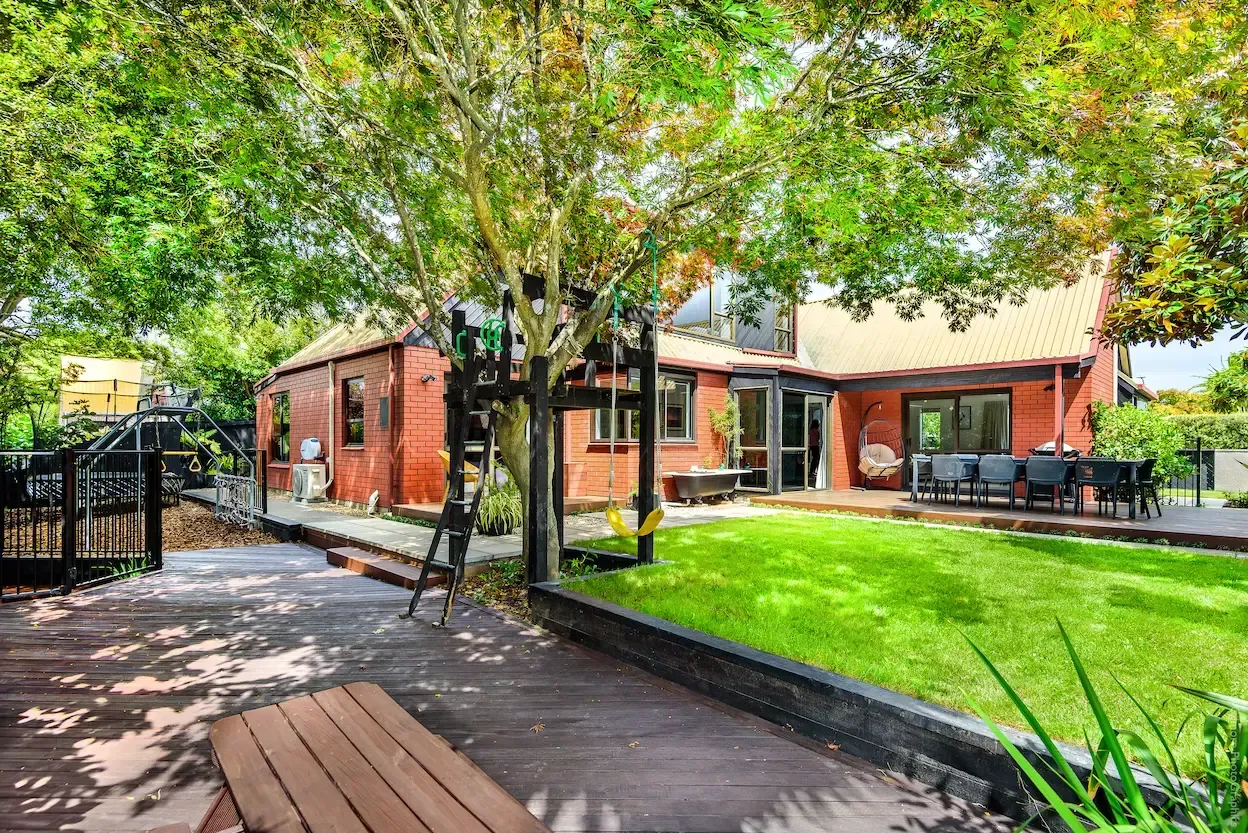
When people think about adding value to a home, they usually envision kitchen remodels, bathroom upgrades or fresh paint. But one of the most powerful—and often under-appreciated—ways to increase your property’s worth lies outside, in your landscape. A well-designed garden, outdoor living spaces, and smart use of planting don’t just look beautiful—they pay off. 1. The Value of First Impressions & Street Appeal The very first impression a potential buyer (or passerby) gets of your home often comes from the exterior - your front section and entryway. This “street appeal” can influence how people perceive the rest of the house before they even step inside.
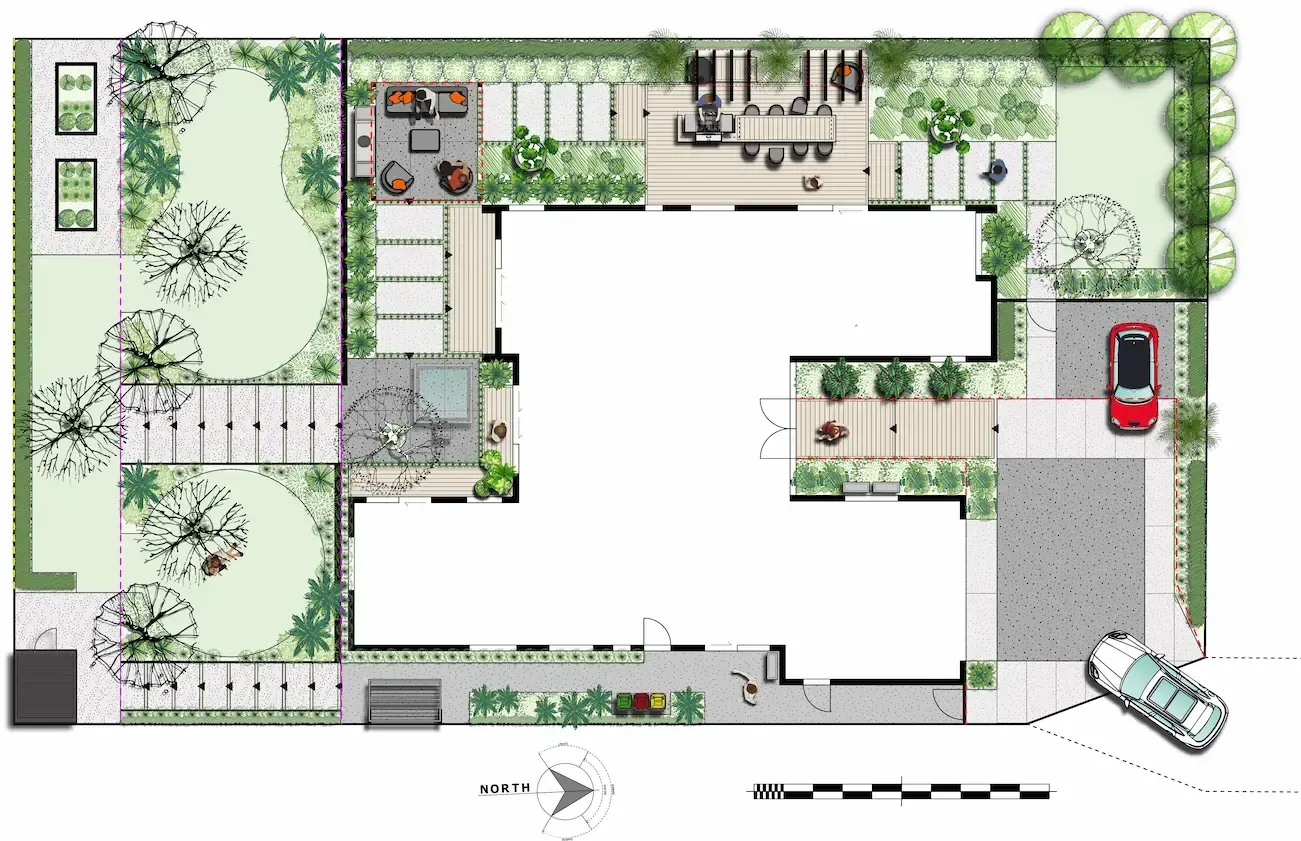
At Epic Landscapes, we understand that every outdoor space is unique, and so are your design needs. We also know that many of you are looking for more flexibility when it comes to the landscape design process. That's why we're excited to introduce three new landscape design packages, each created to provide a tailored approach to your project, from simple garden refreshes to a complete outdoor transformation. Whether you're starting with a blank canvas or revitalising an existing space, these packages are designed to give you peace of mind and the flexibility to choose the right level of detail and investment for your home. Backed by our team's deep expertise—with over 28 years of experience and extensive knowledge in everything from horticulture and plant selection to hardscape construction—each package guarantees exceptional results! 1. The Signature Concept Plan: Our Most Comprehensive Service For those who want a complete, polished plan with every detail carefully considered, the Signature Concept Plan is for you. This is our most comprehensive service, a two-stage design process with full 3D visualisation that ensures a ready-to-implement design. This package is ideal for maximising the value of your property, providing you with the confidence that your outdoor space will be professionally and thoughtfully designed. Here is a closer look at our two-stage design process: An on-site consultation to discuss your vision and goals. We'll develop a detailed design brief and proposal to capture your requirements. Stage One: Preliminary Design & 3D Modelling A site measure with accurate measuring tools. CAD-drawn colour presentation plan illustrating all design features, material selections, levels, lawn, and garden layout 3D modelling to provide a realistic visual representation of the proposed design Comprehensive supporting documentation to clearly convey the concept and vision A presentation of the design to the client. One complimentary round of revisions to the preliminary design
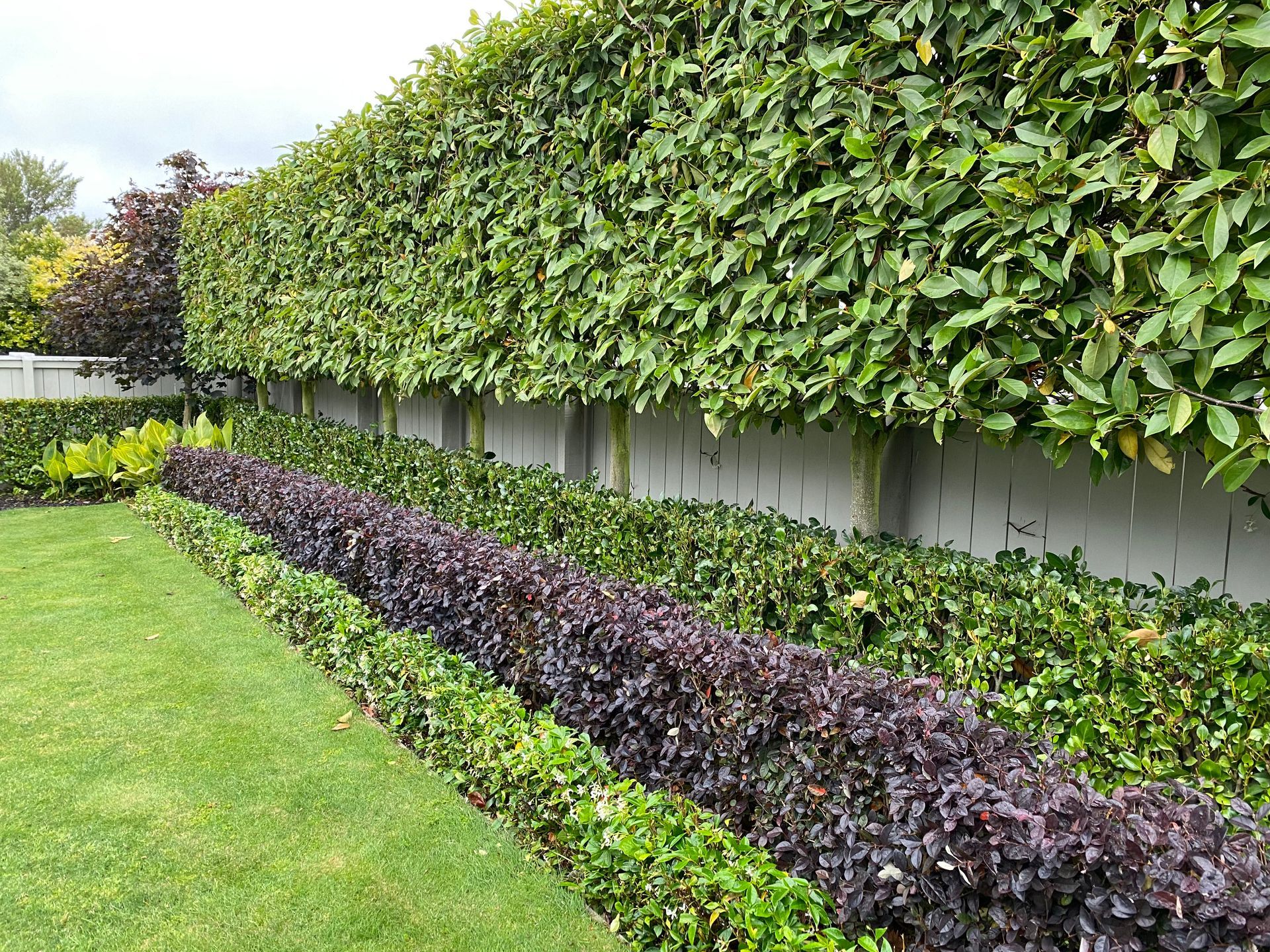
At EPIC Landscape Design, we believe in crafting outdoor spaces that are not only beautiful but also functional and reflective of your style. One of the timeless elements we often incorporate into our designs is the pleached hedge — a sophisticated feature that offers privacy, structure and seasonal interest. Stepping into our show garden, we’ve created a guide to trimming and training a pleached Michelia hedge. What is a pleached hedge? A pleached hedge is a “hedge on sticks”. Pleaching involves training trees to form a flat, connected screen above a clear stem. It's an elegant solution for creating privacy without sacrificing space, ideal for urban gardens in Christchurch and beyond. Want to block out your neighbours? This is the perfect solution! Tools you'll need: Sharp secateurs. Pruning saw (for thicker branches). Hedge shears. Ladder (for taller hedges) – we strongly advise you ask someone to hold the ladder whilst you are using it. Gloves and eye protection. How to grow and shape your pleached hedge Please note: this guidance is based on Michelia, but can be transferred to other plant varieties. Get in touch if you’d prefer a 1:1 on-site consultation. Initial training Once your Michelia has been planted, let it grow (image below of young trees planted).

Epic Landscape Design's Luke Robertson was asked his advice on how to landscape a lifestyle block by www.stuff.co.nz. Check out the article here If you need assistance with your lifestyle block on indeed any landscape design project in Christchurch or Canterbury please don't hesitate to contact Luke !

Gardens are an important feature of any home, but many homeowners fall into the trap of concentrating on spring and summer flowering plants and shrubs to bring them joy. A well-planned garden should give you year-round satisfaction, and autumn is a season to enjoy a blaze of spectacular colours. Now is the time that you need to start planning your landscape design to introduce trees and shrubs for autumn colour. The Christchurch and Canterbury climate does not suit all types of trees and shrubs, so it’s important that you take advice before getting busy buying and planting. Here’s a selection of some easy to grow trees and shrubs that can brighten your autumn garden. These are just a few of the hundreds available, and we can talk about your many options during an EPIC landscape consultation .

Drought tolerant gardening is the process of landscaping or gardening that reduces or eliminates the need for supplemental water from irrigation. It is promoted in regions that do not have accessible, plentiful, or reliable supplies of fresh water and is gaining acceptance in other regions as access to irrigation water is becoming limited. Plants whose natural requirements are appropriate to the local climate are emphasised, and care is taken to avoid losing water to evaporation and run off. The specific plants used in drought tolerant gardening depend upon the climate. Drought tolerant landscaping is different from natural landscaping because the emphasis is on selection of plants for water conservation, not necessarily selecting native plants. With recreation time at a premium, and a growing global concern for the supply of water, savvy gardeners and designers are adopting drought tolerant principles into every part of their landscape design. Until recently, drought tolerant plants and designs have most commonly been a feature around commercial sites, roundabouts and traffic islands. As water conservation awareness grows, drought tolerant landscape design is catching on – particularly in regions like Central Otago, Canterbury and wind windswept coastal areas of New Zealand. The trick to drought tolerance is choosing a landscape designer who can select plant species that are appropriate for your climate. Natives are an obvious choice, as they naturally grow in the local conditions, however, introducing exotic species into the design can achieve stunning looking gardens. A mix of native and exotic species will provide great contrast of colours and textures creating a more visually attractive design with more seasonal interest.
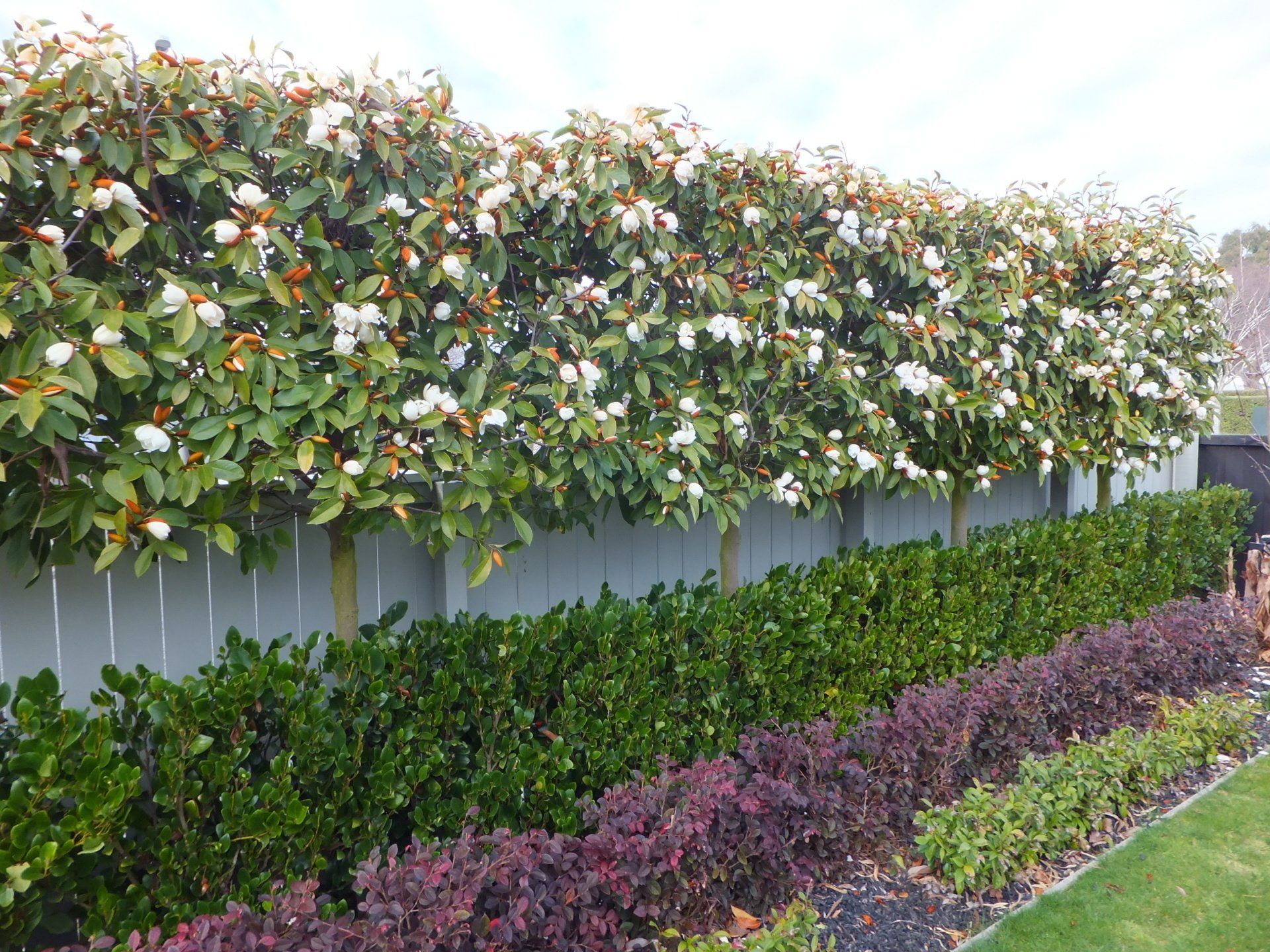
One of the most satisfying experiences we commonly come across is dealing with clients who admit they are not green-thumbed, however, by the end of the design and construction process, they have become inspired to learn how to maintain their new landscape to be the best it can be. But what should you have in the tool shed? It’s easy to go overboard when purchasing gardening tools and it can be overwhelming to walk into a hardware shop and know what to buy. So, to give you an idea of the essential ‘tools’ you need, we’ve put together a list of our top 10 essential garden tools you should look at purchasing to make your job easier. Tools can take up a lot space and cost a lot of money, but staying focused on the basics can keep your shed or storage area from becoming overcrowded. There’s always bigger and better; but buying the best quality tools that your budget will allow, and maintaining them, can go a long way in getting the most out of your investment.
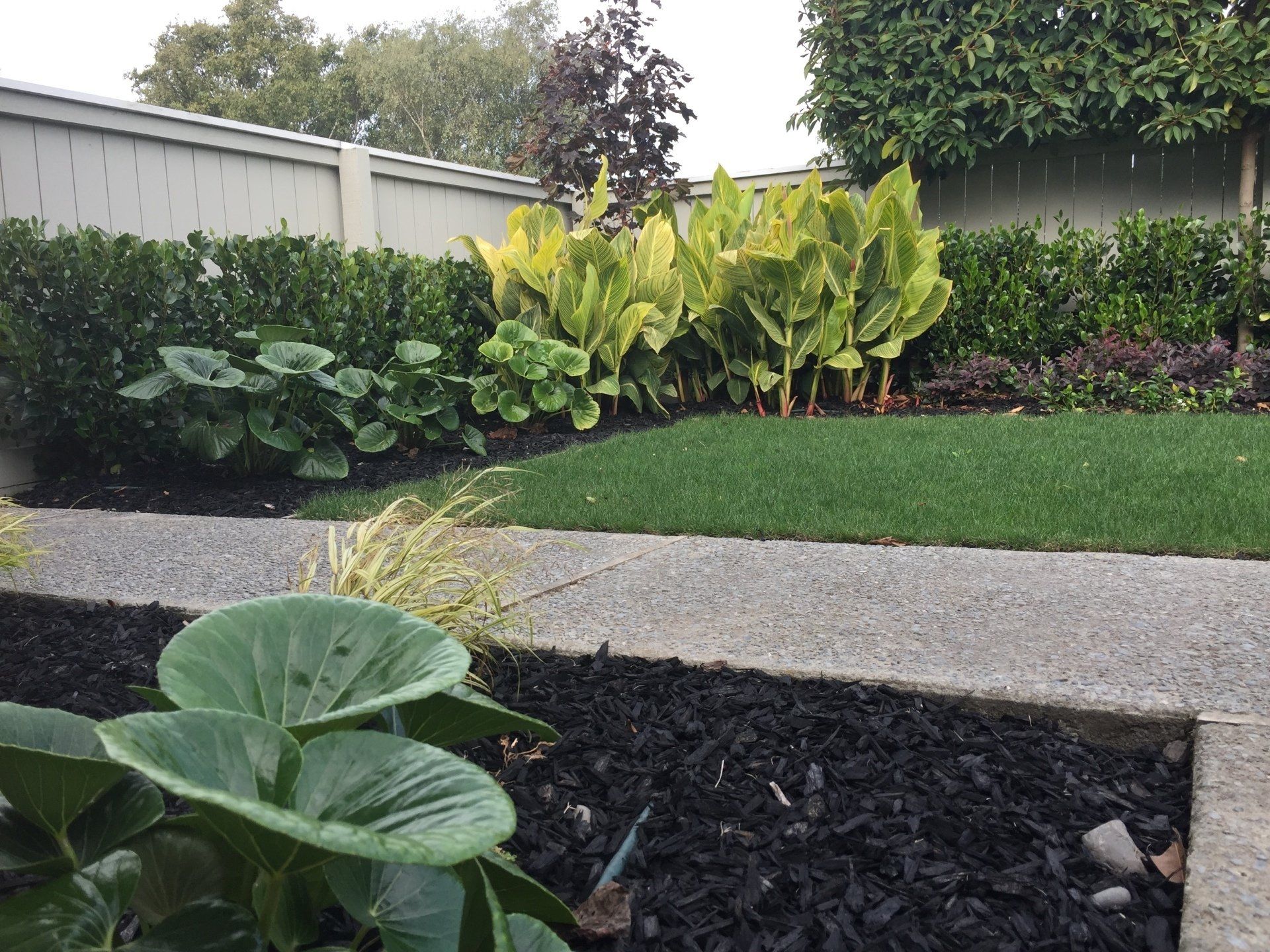
As a landscape designer in Christchurch, Ligularia reniformis is one our our favorite plants to use as it provides stunning colour and texture to the garden. It does have one draw back which is winter but Don’t panic its totally normal for your tractor seat plants to suffer a little over winter. The frost is what has caused the damage and your plants will naturally grow back in the springtime. In their native environment these plants are winter dormant. The Christchurch climate is borderline for them and dependent on their placement at your property they will either hibernate over winter if they get frosted or too cold, if they are protected they will continue to look great all year round. If your tractor seats do get frosted its best to leave the burnt foliage on for as long as you can bear looking at it as it will provide some protection to the plant for the remainder of winter. In springtime cut the damaged foliage back to ground level and you will soon see the new growth starting to appear. Once you have cut the damaged foliage off we recommend applying a good 12 month slow release fertiliser and a child and pet friendly slug bait to reduce any damage which may occur.

